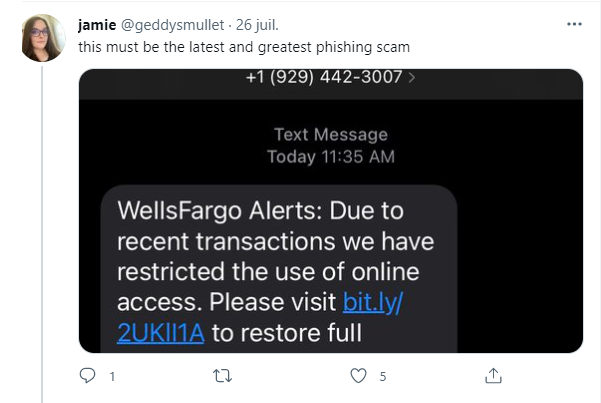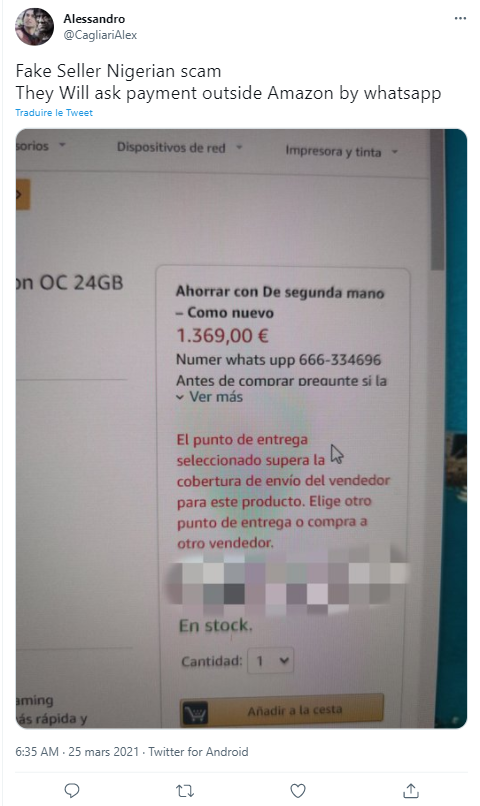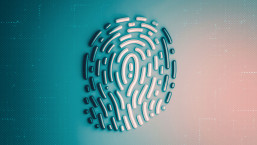Amazon is the largest online marketplace in the world, boasting over US$386 billion in revenue in 2020 with 200 million subscribers to its Amazon Prime service in the United States alone. And that’s just a fraction of the whole customer base that it serves around the globe year-round. Of course, such a huge customer pool attracts cybercriminals who are looking to make bank by scamming unsuspecting victims with a variety of tricks that they have in their arsenal of scammery.
Fake order phishing email
As with any major service, Amazon is no stranger to being spoofed or impersonated by enterprising fraudsters who are looking to dupe people out of their personal information, or to access credentials to their accounts. The emails you may receive can take on various forms; however they usually impersonate a common Amazon dispatch email, which regular customers have encountered many times over. For example, you might receive one confirming a purchase that you didn’t make and tries to trick you into clicking on various links that look like contact information to Amazon’s customer service. These links can then redirect to something looking like the official Amazon login page; however, when you try to sign in you will have divulged your credentials to the scammer. Alternatively, by clicking on the link or attachment in the email, you may download a malicious payload to your device that will attempt to download keylogging software that will try to harvest your credentials to any services you use.
Generally speaking, unless the fraudster behind the scam did an immaculate job with the counterfeit email, there are several warning signs that will give it away as an attempt at phishing. If the email contains typos, grammar mistakes, or an attachment, it is most assuredly a scam. When checking out a link that you’ve received in an email, by hovering your cursor over it, check whether the address is something.amazon.com where something is one of many valid Amazon subdomains – for example, pay.amazon.com or www.amazon.com. If you suspect that you’re being phished you should contact Amazon directly, since it takes these issues seriously.
Gift card scams
Gift card fraud is another perennial problem that you can encounter. The con-artists may utilize different strategies to dupe their victims; however, the ultimate goal remains the same – trick them into purchasing and sending Amazon gift cards. Popular tactics usually include evoking a sense of urgency or pressure in order to make victims act quickly rather than give deep thought to the contents of the message or phone call. Victims may receive unsolicited email messages or phone calls about a pressing issue involving their social security numbers or benefits and to resolve it they’ll have to pay a penalty using gift cards. Alternatively, victims may be told that a family member is in trouble and needs financial help. There are multiple scenarios at play where fraudsters can also impersonate Amazon itself, claim to be someone from the management of the victim’s employer, you name it.
However, fortunately, most of these scams can be uncovered quite easily if you keep a cool head. Government officials will never ask you to pay a fine or penalty with a gift card, so you can be 100% sure that if you get such a request it’s a scam. As for the rest of the scenarios, to verify the claims you just need to call your family member to see if they’re in trouble or the person from your company that requested the gift cards. And of course, it goes without saying that you should contact all of the aforementioned people or institutions through the verified official channels.
Payment scams
Payment scams come in many shapes and sizes, and while the form may differ, in the end, the scammers behind them are after only one thing – the contents of your bank account. There are multiple ways that this can occur. One tactic that is often utilized is trying to convince you to pay outside Amazon’s secure platform. The crooks will try to lure you in various ways by offering a discounted price, for example; however, if you relent, the most probable outcome is that you’ll both lose your money and won’t get the product. And additionally, you won’t be able to lodge a complaint with Amazon since you paid the fraudulent charges outside the confines of their platform. Other flavors of payment scams to watch out for include paying to claim a prize that you’ve supposedly won or to a seller whose identity you can’t verify, and avoid offers that seem too good to be true or that you find suspicious.
The obvious advice, in this case, is to stick to Amazon’s platform for all orders and payments. Even the company itself warns against sending money outside the confines of its platform: “Don't send money (by cash, wire transfer, Western Union, PayPal, MoneyGram, or other means, including by Amazon Payments) to a seller who claims that Amazon or Amazon Payments will guarantee the transaction, refund your funds if you're not satisfied with the purchase, or hold your funds in escrow.”
Dodgy phone calls
Sometimes scammers will resort to more “analog” means to try and hoodwink their victims – fake support calls. The content of the calls might vary; however, they often sound like a pre-recorded message impersonating Amazon claiming it has registered something wrong with your account, something that would pique your interest – a fishy purchase, lost package, etc. According to a warning issued by the United States Federal Trade Commission, the message will then either inform you to press 1 to speak to a customer support agent or give you a number to call back. If you engage in conversation, the scammers will most likely try to wheedle sensitive data out of you like your personal information or your payment data.
The most sensible thing to do, before going into full-blown panic mode, is to check if there is anything suspicious going on by contacting Amazon through the direct channels listed on the support section of their website. The company does acknowledge that in some cases it may make outbound calls but it will never ask customers to reveal any sensitive personal information in order to verify their identity.
In summary
When it comes to online shopping and its related activities the saying “trust but verify” remains as true as ever. To sum it up, most of the scams can be avoided if you remain vigilant, curious, and keep your wits about you. If you receive any unsolicited emails be extra careful to verify their provenance and never divulge personal sensitive information to anyone claiming to be a “customer support representative or agent”.







